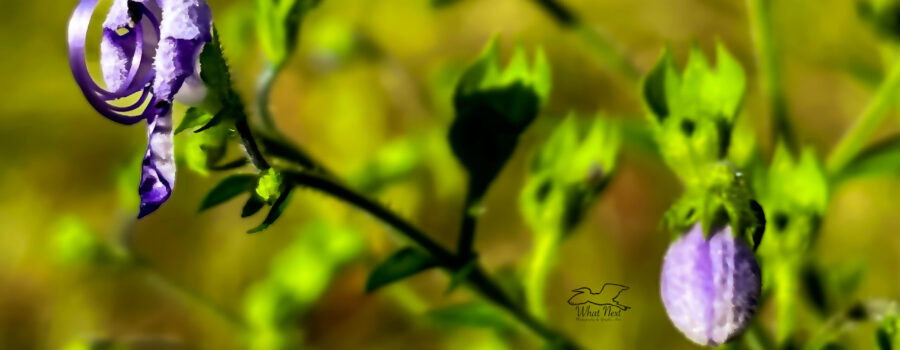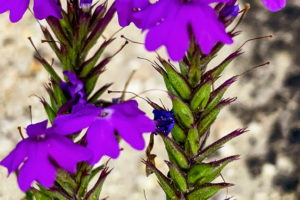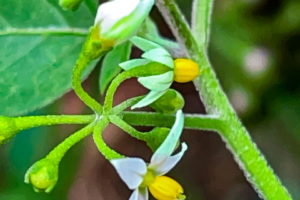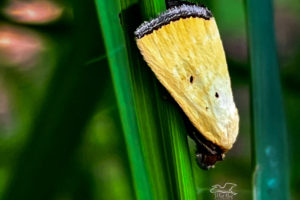Forked Bluecurls are a Beautiful and Showy Native Flower

Fall in Florida always provides us with a wealth of pretty, new wildflowers, and this fall was no exception. Not long ago I wandered out into the woods on my property to photograph some Florida paintbrush and while I was out there I also found another really gorgeous small bluish-purple flower. It was one I hadn’t noticed before, and I wasn’t sure what it was, but I was intrigued by the curling blue stamens coming out of the small flowers. The plant itself was thin and even looked a little weedy (not that that matters to me), but the flowers were exceptional. When I got home it wasn’t difficult to identify these little gems as forked bluecurls (Trichostema dichotomum). They are also sometimes called Eastern bluecurls, bastard pennyroyal, common bluecurls, or false pennyroyal.

Forked bluecurls are members of the mint family (Lamiaceae) and when crushed their leaves have a lemony fragrance. They’re native to the eastern United States and southeastern Canada and can be found from southern Maine and Ontario through Florida and as far west as Texas and Iowa. They are annuals that reproduce by seeds. They are easy to grow from seed for gardening and easily self seed in proper habitats. They are usually found in the sandhills and pine flatwoods where there is plenty of direct sunlight. They will also readily colonize disturbed areas like roadsides and fence lines. They prefer sandy, moist, but well drained soils with a neutral or slightly acidic pH. Once established these plants are relatively drought tolerant, but do not tolerate salt or brackish water, and therefore don’t grow on beach dunes.

The showy part of these small flowers are their long, curled blue stamens, which situate the stamen tips and pollen directly above to flower’s center. These flowers are very attractive to native bees of several species and this placement of the stamens allows for maximum chance of plant pollination by bees and occasionally small beetles. The flowers are too small to attract butterflies or moths. Forked bluecurls usually bloom in the late summer through the late fall and each plant produces many flowers, but each flower is quite short lived. They open in the morning and by afternoon the petals are wilting and falling off. For this reason it’s imperative that pollination is quick and efficient.

My job requires me to be at the office early in the morning so most of my photography is done in the afternoons. As you can see from these images, the flower petals were already fairly wilted and some had fallen off. Now that I have found where they are growing I will make a point of going out one morning next fall to try to get photos of the full, fresh flowers. Even in their partially wilted state, though, those curly stamens were very attractive and still very showy. In fact, in some respects, having the wilted petals made the stamens stand out more. I look forward to having another go at getting images of these guys next fall.





Recent Comments